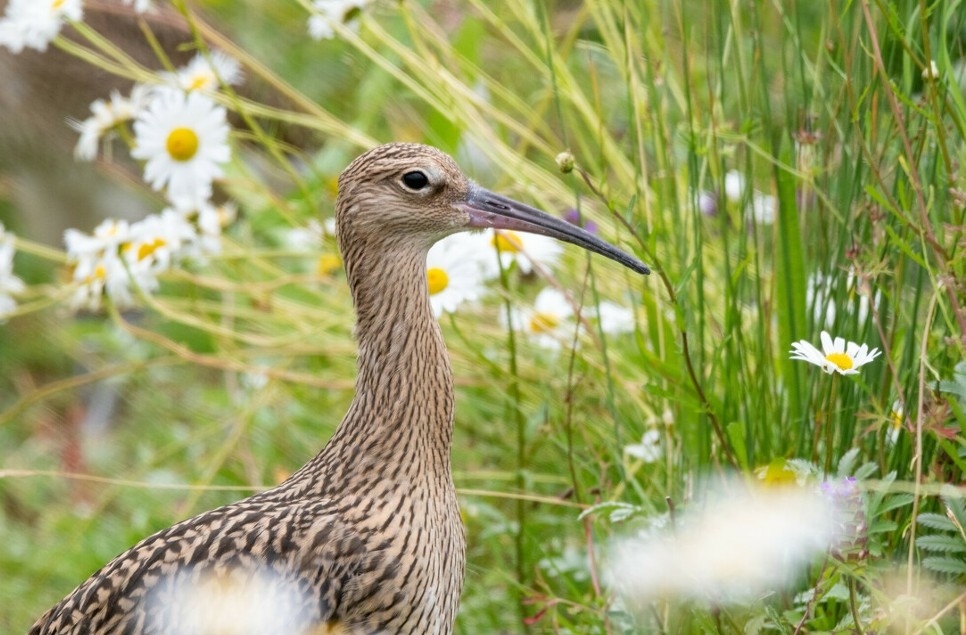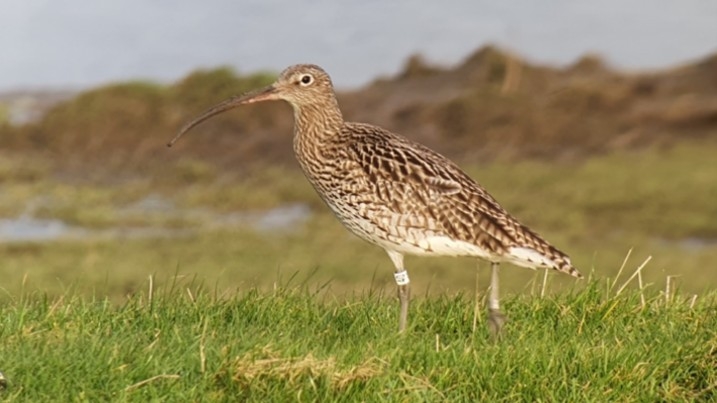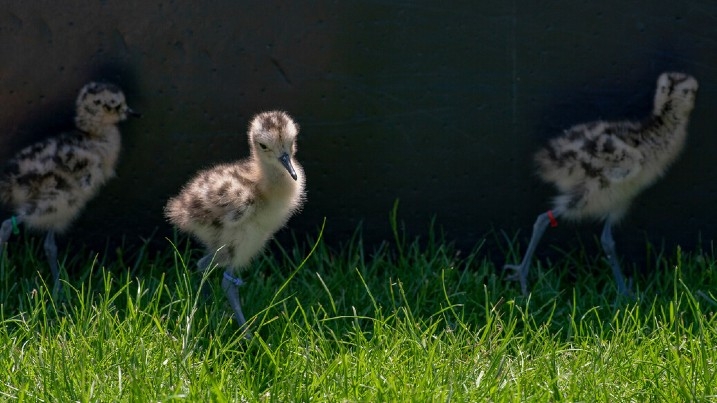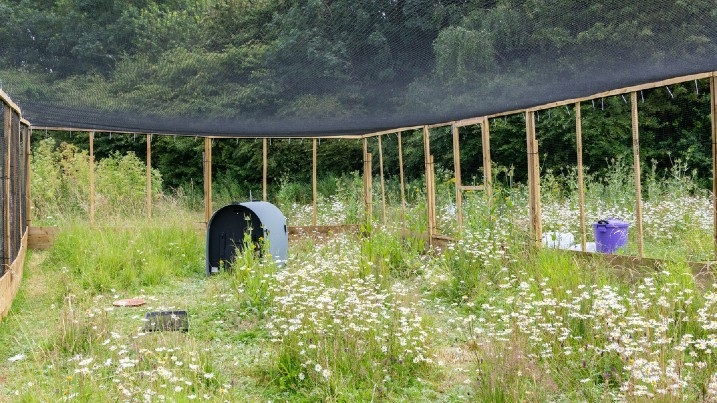Curlew sightings are a sign of hope for 2021
Glimpses of young curlew give encouraging signs for the 2021 breeding season, although it's still early days for the declining curlew.

At a time when the movement of people was severely restricted, many of us could only wait and hope that the movement of other species continued unabated, not least for our Severn Vale curlew raised and released at WWT Slimbridge in 2019.
Covid continued to create a challenging environment for monitoring the curlew released over the winter of 2020-21, however, re-sightings of these birds continued to give us hope throughout this period.

Between December 2020 – March 2021, there were 58 sightings of scheme-marked birds (yellow ring on right tibia, white alpha-numeric ring on left tibia) and involved ten out of the 50 headstarted curlew. 47 (81%) of these sightings came from WWT Slimbridge and 11 (19%) came from Oldbury Power Station, a site 15 kilometres further down the Severn estuary.
What does this mean for the 2021 breeding season?
Curlew are very long-lived birds, so don’t tend to breed until their third year of life, but they are able to breed from two years old onwards. This means that the 2021 breeding season may see the first breeding attempts from these headstarted birds, released in 2019. It is unknown yet where they will breed, or if they will attempt to do so. The WWT Severn Curlew Project field team and the WWT Slimbridge reserve team will be keeping a close eye on suitable habitat in and around the Severn and Avon Vales and WWT Slimbridge to locate any birds that pair up and attempt to breed in these locations.
The number of curlew seen on and around the reserve has reduced in recent weeks and with that the number of headstarted resightings has dropped off too. Where the colour-ringed birds will spend the summer is yet to be seen, but it is an exciting time for all those involved in the Severn Curlew Project.
It is encouraging that when the headstarted birds are observed in the field they are indistinguishable from wild curlew in terms of their behaviour and more often than not were observed in feeding/roosting groups with unringed birds. Looking at the number of resightings since the releases in 2019, at least 14 birds have been resighted in their second winter (October 2020 onwards), which is roughly in line with expectations. We eagerly await further sightings over the spring and summer of 2021.
Why do we raise and release curlew?
With millions of species at risk around the world, some may ask why focus on one bird? But raising and releasing chicks, otherwise known as ‘headstarting’, is about much more than saving one species. In the case of the curlew, part of the reason it was chosen for such particular attention is because it ‘represents’ the catastrophic loss of nature the UK has suffered, and highlights the similar plight of other wading birds– a ‘flagship’ species.

Many other ground nesting birds, like lapwing and redshank are also declining because they face the same pressures as the curlew. In the long term we still need to find ways to help chicks survive when born in the wild, but headstarting can increase the number of breeding adults. This gives the species a chance to recover while we put in place long term solutions, such as creating and restoring their wetland habitat and rebalancing the predator-prey dynamic in the ecosystem.

How do we do it?
Our specially trained aviculturists collect eggs from wild pairs, incubate the eggs and rear the young in aviaries, until they’re old enough to fly; then we release them back into the wild. By keeping them safe at this critical period of life, we can increase the productivity of the parents many times over and will encourage them to lay a second clutch in some cases. It also dramatically improves the odds of birds surviving to adulthood. Last year our conservationists began using the technique to boost the endangered curlew population in the UK, actively restoring these once-numerous birds to counter generations of human activity that’s caused their decline.
Sir Peter Scott said:
Extinction is forever. It is irrevocable, irreversible. We have a responsibility to prevent species extinction if it is in our power to do so.
It’s a philosophy that we continue to live by at WWT and with the help of our passionate supporters we have been part of some true restoration success stories over the years.
Curlew calling
Today in the UK we’re in danger of losing the curlew for good. The number of breeding birds has dropped by about 65% since 1970. WWT are working in partnership with others to investigate its decline and restore this symbol of wild places to the UK’s landscape.
'World Curlew Day' Seminar
Join the Curlew Recovery Partnership (CRP) on World Curlew Day 2021 - Wednesday 21 April at 7pm - to learn more about curlews and their conservation in England.
Find out more and register


